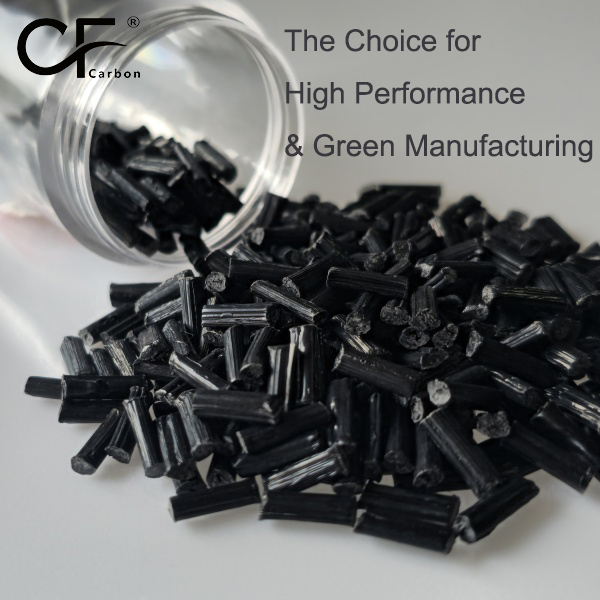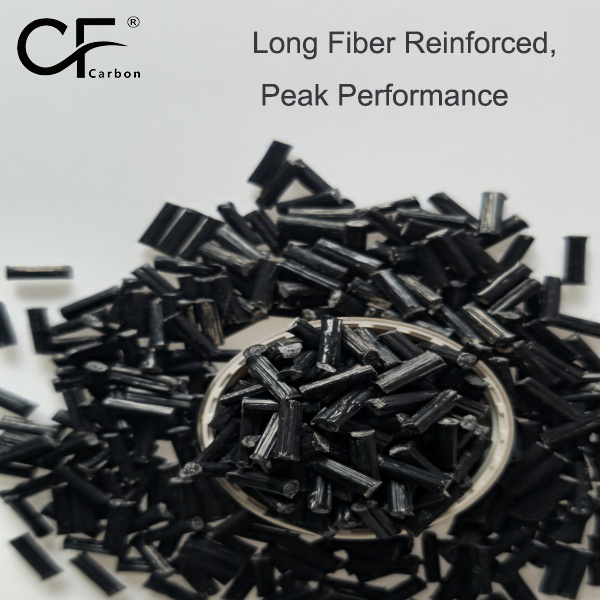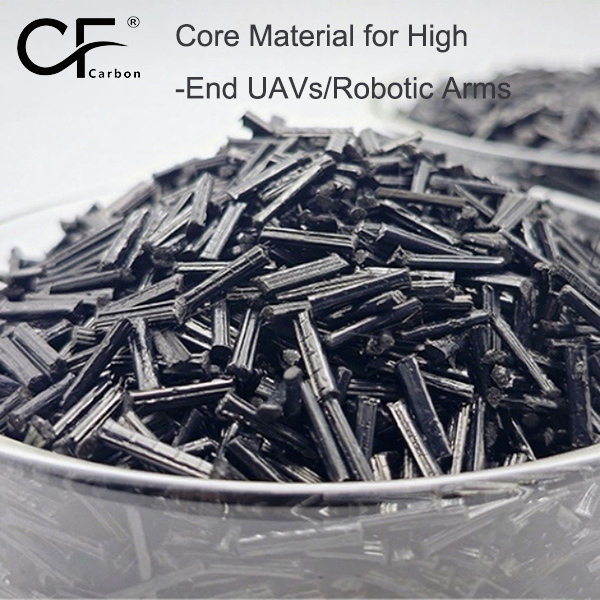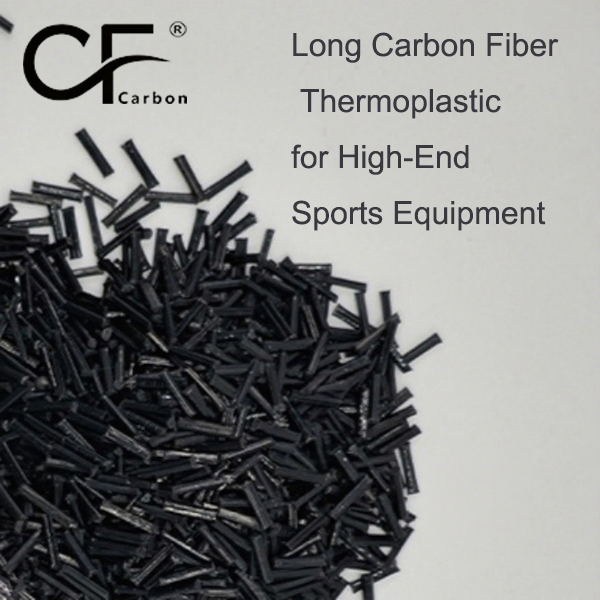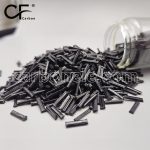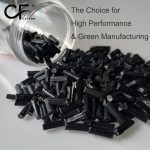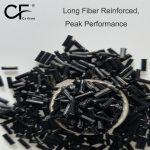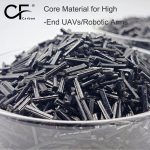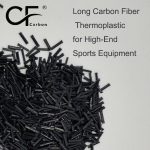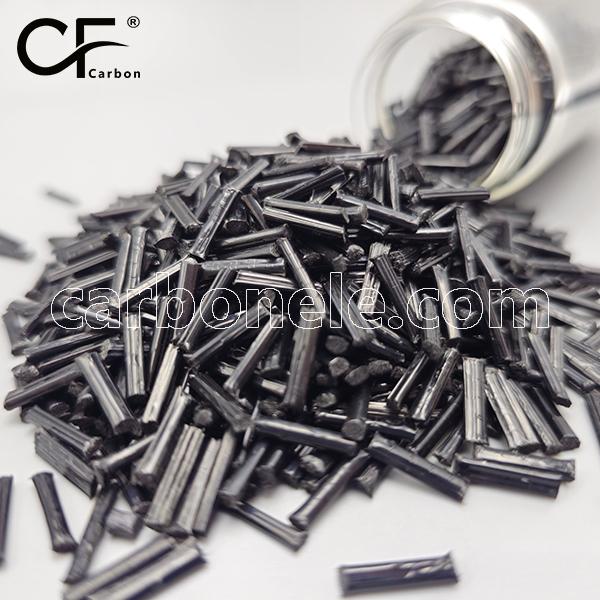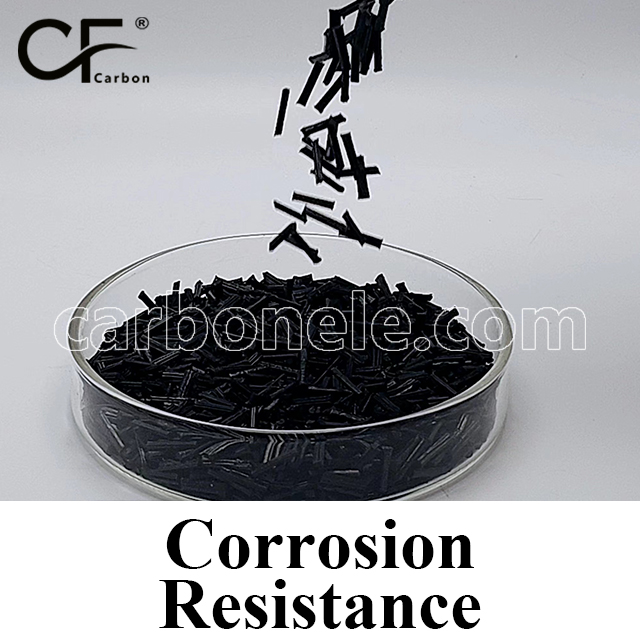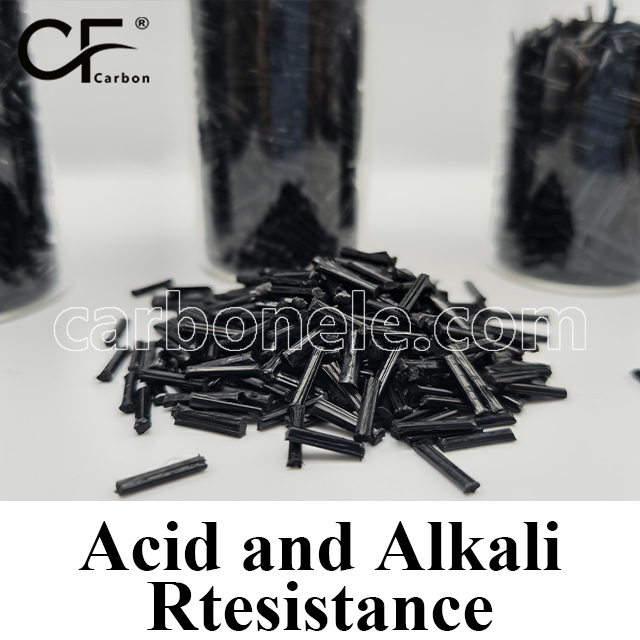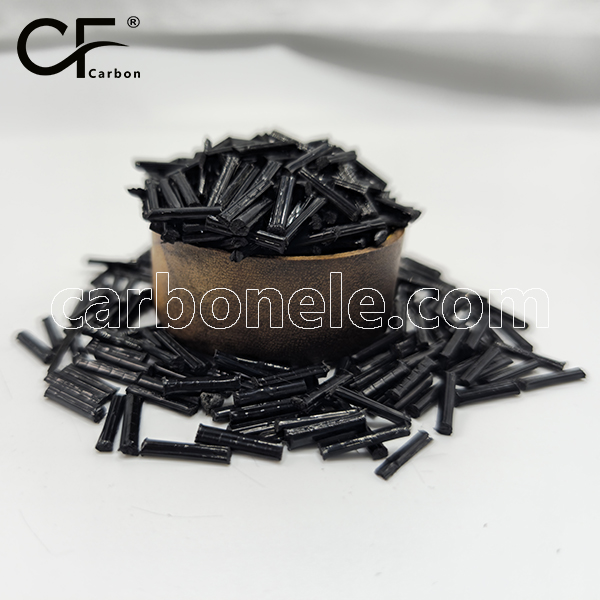
Excellent PA12-LCF20 material for underwater robot joints
PA12-LCF20 advanced composite delivers ultra-lightweight and ultra-stable optical lens housings for drone imaging, lidar systems, and precision cameras. Experience superior dimensional stability, vibration damping, and flight-ready performance. Elevate your optical design with lasting reliability.
- Model number: PA12-LCF-BCA2
- Matrix Resin: Polyamide12
- Reinforcing Filler: Carbon fiber(20%)
- Appearance: Granules
- Grade: Injection/extrusion grade
- Packaging: 25kgs/bag
Excellent PA12-LCF20 material for underwater robot joints
Under the deep sea, every meter dive is an extreme test for materials! While conventional materials are losing out in the high-pressure deep sea, PA12-LCF20 long carbon fiber composites are redefining the performance boundaries of underwater robots with their outstanding performance.
Imagine: a special molecular architecture, like a precision-woven protective mesh, integrates carbon fiber with the PA12 matrix. What does this structure bring? Amazing resistance to hydrolysis allows the material to withstand the rigors of the deep sea! Measurements have shown that the dimensional stability of the material remains impressive in extreme environments at depths of up to 300 meters.
The directional arrangement of the carbon fibers is not a simple stack. Like a well-trained army, they give the material a tensile strength of over 180 MPa. Even more amazingly, under the ravages of continuous operation, the material demonstrates a fatigue life far beyond expectations – every joint movement is maintained with millimeter precision! Extremely low water absorption makes prolonged immersion a nightmare, and equipment maintenance intervals are multiplied.
Weight reduction of more than 50% – not just a statistic, but a new lease of life for the underwater robot! Self-lubricating properties make joints run silky smooth, eliminating the need for tedious maintenance. The injection molding process allows for the perfect representation of complex fluidic surfaces, as if the underwater robot were a custom-made suit of armor.
From the key joints of deep submergence vehicles to the drive systems of robotic arms, from the connections of exploration robots to underwater platforms, this material is writing a new chapter in deep-sea equipment. We are equipped with a team of specialists who can create a material solution just for you.
The door is open for sample testing! Let’s dive into the depths of science and technology together and open a new era of underwater equipment. Are you ready for this deep blue revolution?
If you want to get more information about ABS-LCF60, you can visit our YouTube.
You can click here to contact us.
Thermal Stability of PA12-CF
PA12-CF composites exhibit significantly enhanced thermal stability compared to standard PA12 due to the incorporation of carbon fiber. As the carbon fiber content increases, the material's ability to withstand elevated temperatures improves, allowing it to maintain mechanical properties in high-temperature environments. This enhanced heat deflection temperature makes PA12-CF suitable for applications that require reliable performance under thermal stress. The superior thermal stability ensures that components made from PA12-CF can operate effectively in demanding conditions, thereby expanding their usability across various industries, including automotive and aerospace. The combination of lightweight characteristics and improved heat resistance positions PA12-CF as an excellent choice for applications that prioritize both strength and thermal performance.
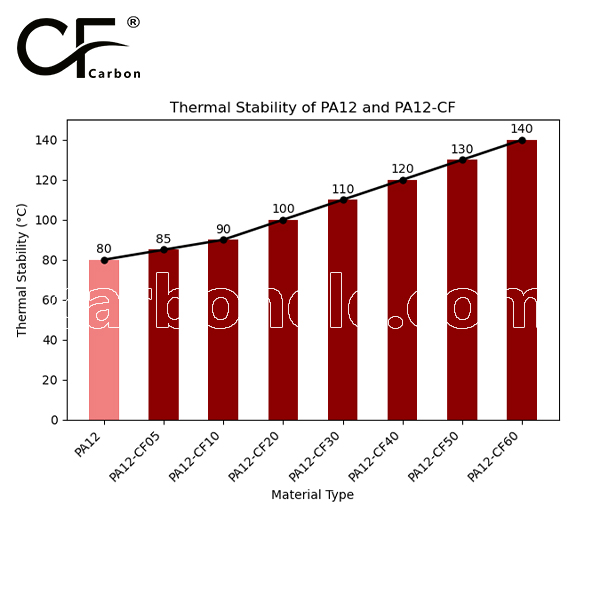
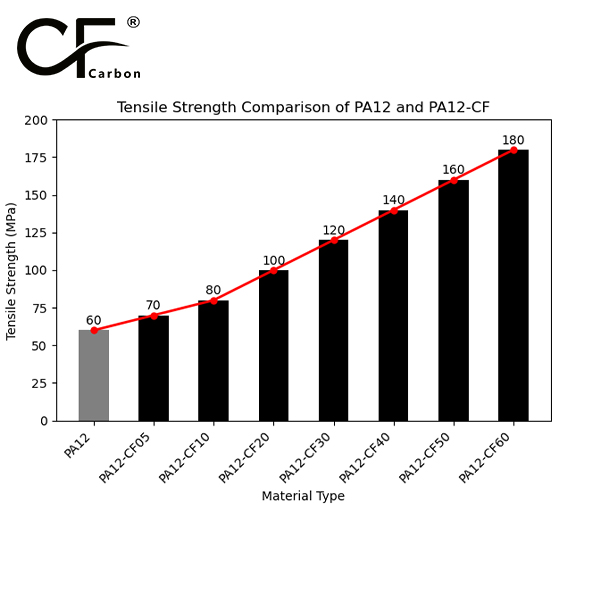

Frequently Asked Questions
Carbon (Xiamen) New Material Co., Ltd. aims to provide buyers with "one-stop" worry-free high-quality services. Here you can find all information about carbon fiber engineering plastics. If you still have questions, please send us an email for consultation!
-
How can I contact the manufacturer of a product that interests me?
When you find a product you are interested in, you can contact the manufacturer directly by sending an email and we will get back to you as soon as possible.
-
How do I find the products that interest me?
All you need to do is enter the keyword, product name in the search window and press the Enter key on your keyboard. Your search results page will then be displayed. You can also search within the product category pages on the home page. Each category is divided into subcategories, allowing you to refine your search and find products that interest you.
-
Where will I find a buying guide?
Please contact our after-sales service directly and we will provide you with a comprehensive operating guide.
-
What are CF Reinforced Thermoplastic Composites?
CF Reinforced Thermoplastic Composites are materials where carbon fibers are incorporated into a thermoplastic matrix. They combine the strength and stiffness of carbon fibers with the processability and recyclability of thermoplastics. For instance, they are used in automotive parts like bumper beams.
-
What are the benefits of CF Reinforced Thermoplastic Composites over traditional composites?
The key benefits include faster production cycles, easier recyclability, and better impact resistance. They also offer design flexibility. An example is in the manufacturing of consumer electronics casings where complex shapes can be achieved more easily.
-
How are CF Reinforced Thermoplastic Composites processed?
Common processing methods include injection molding, extrusion, and compression molding. Injection molding is widely used for mass production. For example, in the production of small components for the medical industry.
-
What industries use CF Reinforced Thermoplastic Composites?
They are utilized in aerospace, automotive, medical, and sports equipment industries. In aerospace, they can be found in interior components. In the medical field, they might be used in prosthetics.
-
How does the carbon fiber content affect the properties of the composites?
Higher carbon fiber content generally leads to increased strength and stiffness but may reduce ductility. A moderate content is often balanced for specific applications. For example, a higher content might be preferred in structural parts of a race car.
-
What are the challenges in using CF Reinforced Thermoplastic Composites?
Challenges include higher material costs, complex processing equipment requirements, and ensuring uniform fiber dispersion. Issues with adhesion between the fibers and the matrix can also arise. An example is in achieving consistent quality in large-scale production.








